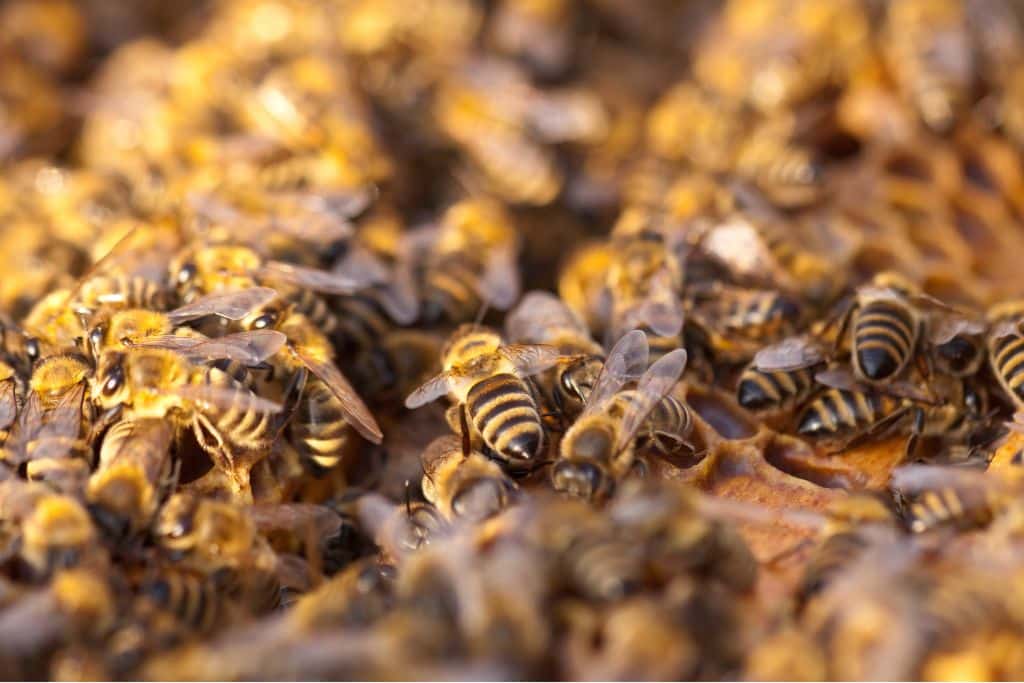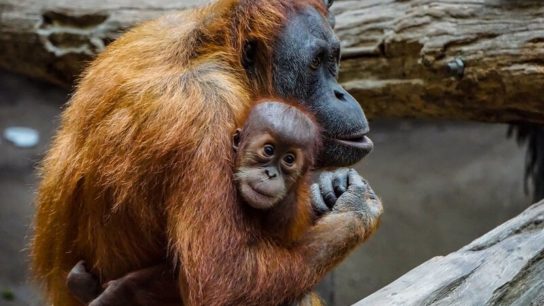All throughout the world, insect populations are declining at an unprecedented rate. Insects are often overlooked or dismissed as pests, but they play vital roles in ecosystems. Understanding the causes of this decline and why it matters is crucial if we want to preserve biodiversity and protect the delicate systems that sustain life on Earth.
—
Global insect populations have been declining at an alarming speed. A 2019 review published in Biological Conservation found that over 40% of insect species are declining and a third are endangered, facing extinction within the coming decades. According to the United Nations, the rate of extinction among insects is eight times faster than mammals, birds, and reptiles.
In Europe, decades of monitoring in nature reserves have shown a loss of over 75% in flying insects. North America has also shown similar patterns, with a decrease in native bee and monarch butterfly populations. In some tropical regions data is still limited however a few localized studies, such as research on tiger moths in Panama, have shown short-term stability. Broader trends still suggest that many tropical insect populations, such as those in Costa Rica, are experiencing significant declines.
Despite these variations, the overall global trend points towards a significant and potentially irreversible loss of insect diversity and abundance. The loss of these insect populations can have cascading effects across ecosystems, agriculture, and food security.
Causes of Insect Populations Decline
The main causes of insect population decline include pesticide use, habitat destruction, climate change, pollution, and invasive species.
The widespread use of pesticides, specifically neonicotinoids, have had severe repercussions on insect populations. Neonicotinoids are systemic insecticides that contaminate entire plants, including pollen and nectar, important food sources for pollinators like bees and butterflies. These chemicals interfere with the insects’ nervous system, causing disorientation, paralysis, and death. At non-lethal levels, they can still impair reproduction, foraging, and immune responses. Their constant presence in soil and water tends to expose non-target insects even after application, directly contributing to long-term declines in insect populations.
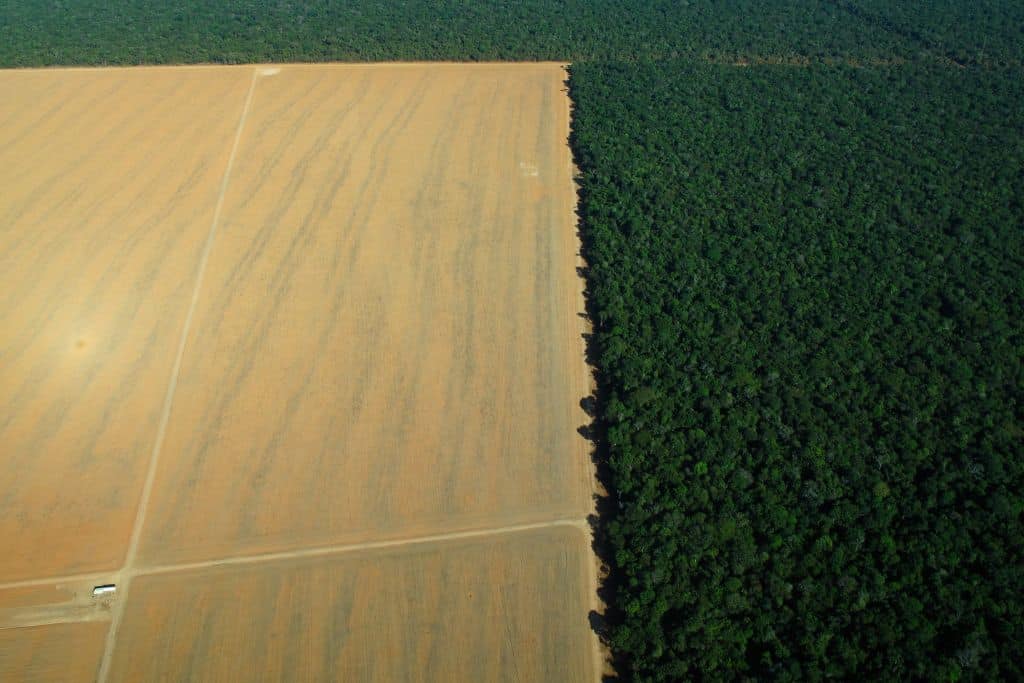
Habitat loss is another direct and widespread threat to insects. Expanding agriculture, deforestation, and urban development have removed ecosystems that once supported various insect populations. Many insect species rely on specific host plants or microhabitats such as leaf litter, rotting wood, or undisturbed soil that are eliminated when land is cleared or modified. Monocultures and manicured landscapes also reduce the availability of nectar sources, shelter, and breeding sites, making it difficult for insects to survive.
Climate change has altered environmental conditions, making it difficult for many insect species to adapt to these changes. Rising temperatures, shifts in rainfall patterns, and increased frequency of extreme weather events disrupt insect life cycles, migration patterns, and the availability of food sources. Some pollinators emerge before or after the plants they rely on have bloomed due to mismatched seasonal cues.
Climate change is also causing pest species to expand their ranges while reducing habitats for other species, leading to imbalanced ecosystems and cascading effects throughout food webs.
Several types of pollution also contribute to insect declines. For example, light pollution disorients nocturnal insects like beetles and moths, interfering with their navigation, reproduction, and predation avoidance. Chemical pollution is also problematic. Industrial runoff and vehicle emissions have contaminated soil, air, and water, harming sensitive insect larvae or adults through direct toxicity and habitat degradation. These pollutants can also accumulate in the food chain and further endanger insects and the species that rely on them.
Finally, invasive species pose a threat to native insect populations by introducing parasites, competition, and predation. Non-native invasive species can compete with native insects for food and habitat or they might directly prey upon them. Some invasive plants also alter the structure of native ecosystems, making them less suitable for native insect species.
Why Insects Matter
Insect populations play essential roles in nearly every ecosystem. In other words, losing them will have dire consequences on the environment and human health.
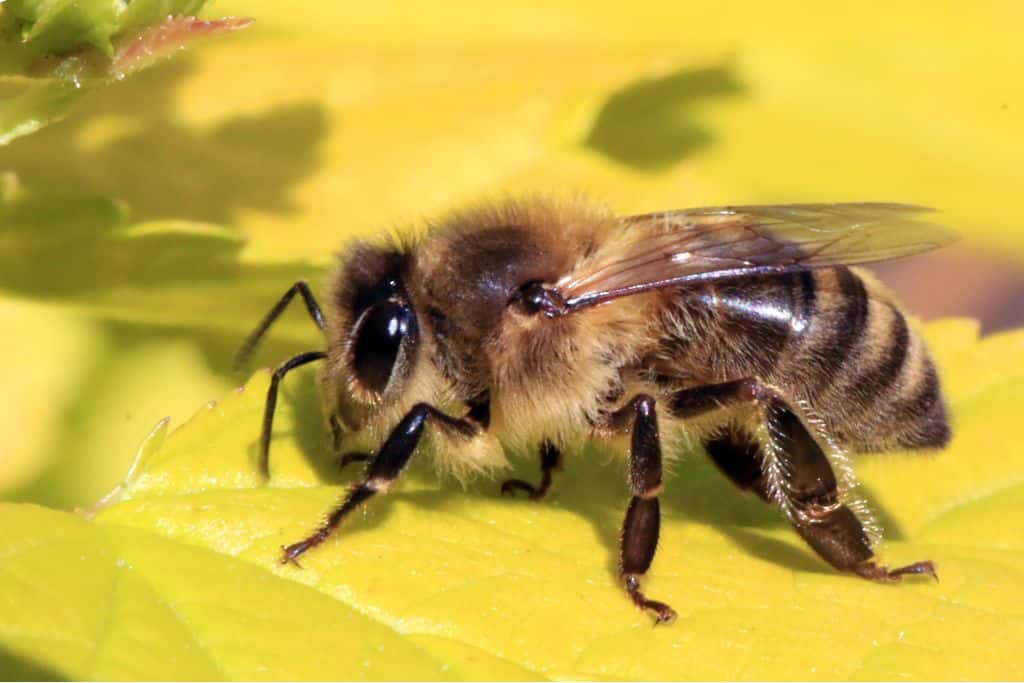
One of their most important roles is pollination, which is primarily carried out by bees, butterflies, beetles, and flies. As around 75% of flowering plants and nearly 35% of global crop production rely on insect pollination, losing them would have catastrophic repercussions on both wild plant reproduction and food systems, impacting natural biodiversity, human nutrition, and agricultural economies.
Aside from pollination, insects also drive decomposition and nutrient cycling. Species such as beetles, flies, and ants help break down dead organisms, waste, and plant matter, returning nutrients to the soil and maintaining ecosystem health. Without their activity, organic material would accumulate, slowing down the natural recycling of nutrients and in turn weaken plant growth and lead to instability within food webs.
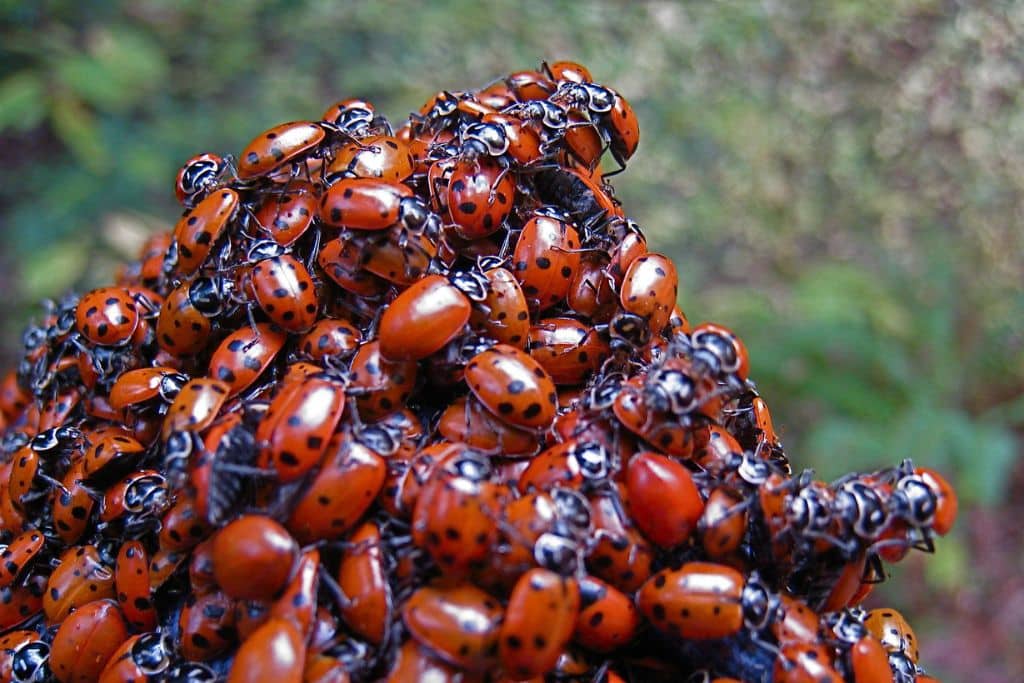
Insects also form the foundation of several food chains, being primary food sources for birds, amphibians, reptiles, and fish. These species would suffer the immediate impacts of insect loss.
Interestingly, insects like ladybugs, lacewings, and parasitic wasps help naturally manage pests, meaning their disappearance would increase farmers’ reliance on artificial pesticides and fertilizers.
What Can We Do?
Working towards reducing the decline in insect populations requires efforts such as habitat protection, less reliance on pesticide use, public education, as well as mitigation and adaptation practices.
One extraordinarily effective solution is to implement sustainable farming practices that minimize harm to surrounding ecosystems, including crop rotation, reduced tillage, and natural pest control. It is also important to work to protect and restore natural habitats, like grasslands, wetlands, and forest edges, which are crucial for breeding and feeding grounds for many insect species. Reducing the use of harmful pesticides such as neonicotinoids is another important practice, since these pesticides have been strongly linked to insect fatality, specifically in pollinators such as bees and butterflies.
Policy change and public awareness are also essential. Stronger environmental regulations can help promote better farming practices, while education and awareness can encourage communities to take meaningful actions, such as planting native vegetation, reducing pesticide use, and supporting conservation efforts.
In combination, these strategies can create a safer environment for insect populations and help preserve ecosystems that rely on them.
Conclusion
Most of us, whether we realize it or not, ignore insects unless they’re right in front of us. They may be small, but they play a crucial and immense role in maintaining the balance of our ecosystems. As pollinators, decomposers, and a vital food source for other species, insects are essential to environmental health and biodiversity. This rapid decline in insect populations is not simply a warning sign from nature, but is also a direct threat to food security, human health, and environmental stability.
Protecting insects extends to protecting the systems that sustain life. Through sustainable farming, habitat restoration, reduced pesticide use, policy support, and public education, humans can collectively take meaningful steps to reduce insect population decline.
💡How can I contribute to a more sustainable planet?
- 🗳️ Vote for climate action: Exercise your democratic rights by supporting candidates and policies that prioritize climate change mitigation and environmental protection. Stay informed with Earth.Org’s election coverage.
- 👣 Reduce your carbon footprint: Make conscious choices to reduce your carbon footprint. Opt for renewable energy sources, conserve energy at home, use public transportation or carpool, and embrace sustainable practices like recycling and composting.
- 💰 Support environmental organizations: Join forces with organizations like Earth.Org and its NGO partners, dedicated to educating the public on environmental issues and solutions, supporting conservation efforts, holding those responsible accountable, and advocating for effective environmental solutions. Your support can amplify their efforts and drive positive change.
- 🌱 Embrace sustainable habits: Make sustainable choices in your everyday life. Reduce single-use plastics, choose eco-friendly products, prioritize a plant-based diet and reduce meat consumption, and opt for sustainable fashion and transportation. Small changes can have a big impact.
- 💬 Be vocal, engage and educate others: Spread awareness about the climate crisis and the importance of environmental stewardship. Engage in conversations, share information, and inspire others to take action. Together, we can create a global movement for a sustainable future.
- 🪧 Stand with climate activists: Show your support for activists on the frontlines of climate action. Attend peaceful protests, rallies, and marches, or join online campaigns to raise awareness and demand policy changes. By amplifying their voices, you contribute to building a stronger movement for climate justice and a sustainable future.
For more actionable steps, visit our ‘What Can I do?‘ page.
This story is funded by readers like you
Our non-profit newsroom provides climate coverage free of charge and advertising. Your one-off or monthly donations play a crucial role in supporting our operations, expanding our reach, and maintaining our editorial independence.
About EO | Mission Statement | Impact & Reach | Write for us
